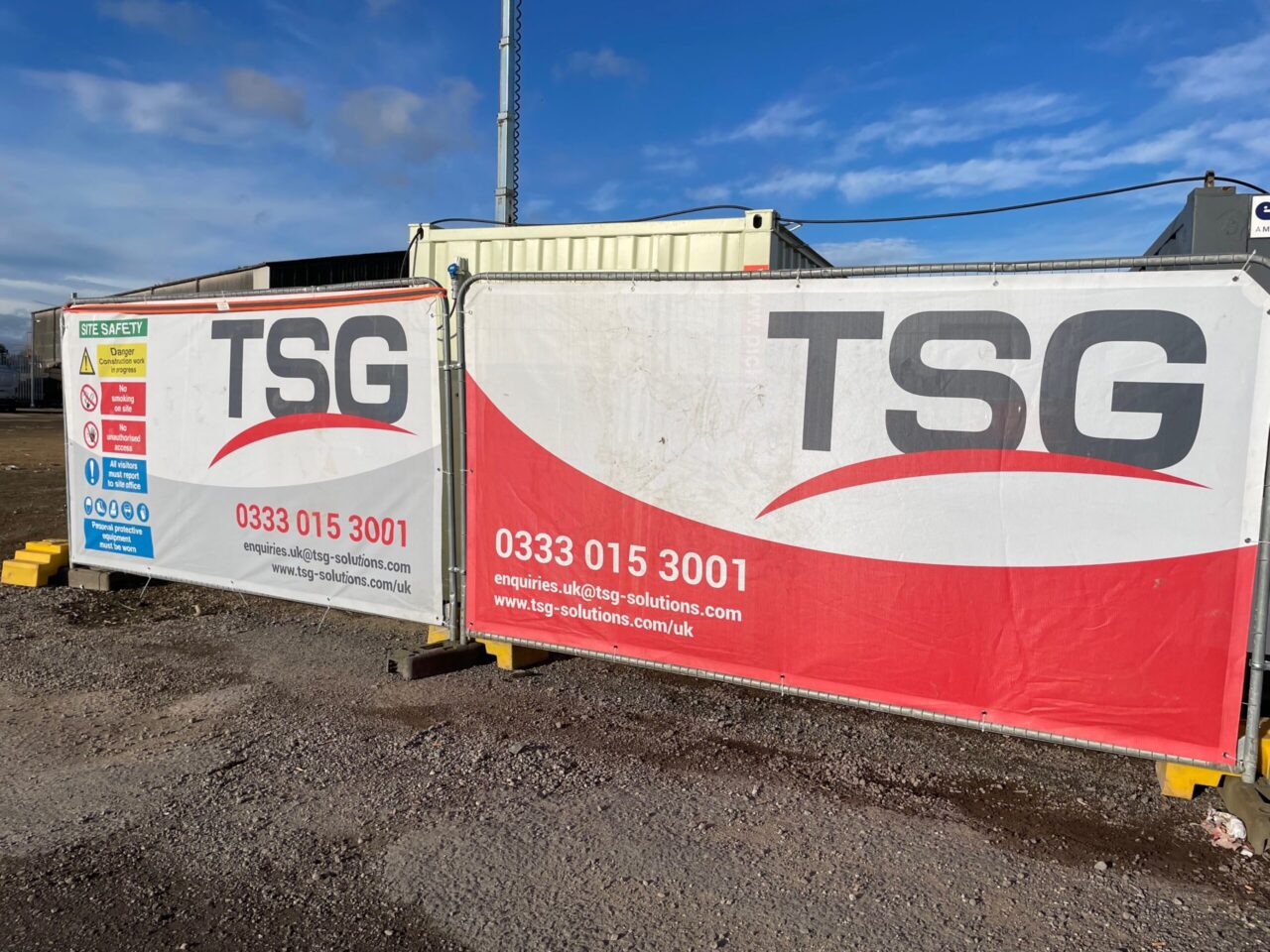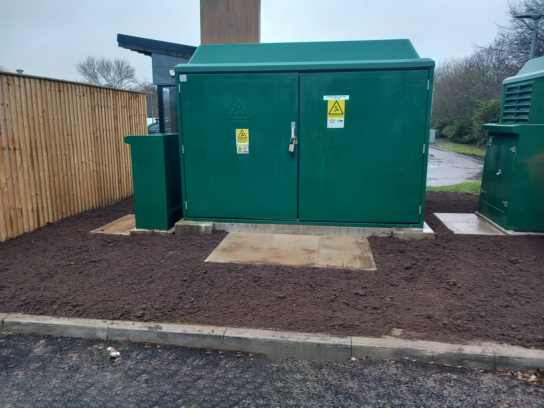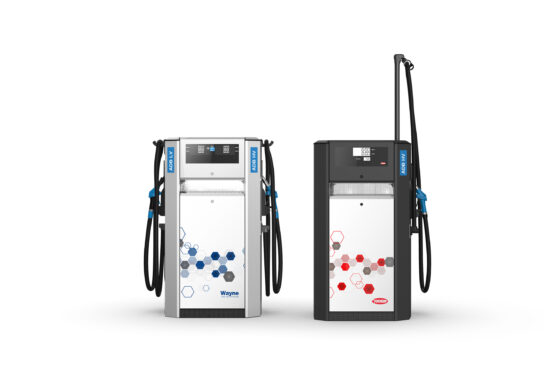Don’t ignore the signs
The construction industry is playing an important role in the economic recovery of this country; however it can be a challenging sector to work in, and occupies the top spot when it comes to fatal injuries in the workplace. Safety signage makes a vital contribution towards helping to prevent these injuries, whilst also conveying the right message to workers and visiting parties; Neil Farmer, from leading forecourt construction provider, TSG UK Solutions, discusses.
It can be easy to underestimate the value of clearly defined safety signage on a construction site. Signage creates that all-important first impression of a business to its stakeholders, other industry operators and passers-by, and crucially, helps to keep people safe.
First impressions count
Due to the nature of our business, TSG UK specialises in the field of health and safety signage, and we are here to help guide and advise our customers every step of the way. Signage is often the first point of contact for site workers and contractors, immediately telling them something about the standards and expectations of the operation, so it is important to get it right. Inadequate or damaged signage (and fencing), suggests standards are low, leading to complacency amongst staff, which will ultimately affect their safety – even if related protocols are otherwise high. People respond with respect to environments that appear official, well-run and looked after.
Safety at work
Under the Management of Health and Safety at Work Regulations (1999), signage is a means of advising employees and other visitors of the risks associated with the site. For signage to be effective however, it is crucial that it is well-placed and not overused, as highlighting every conceivable hazard can leave people ‘sign blind’, becoming counterproductive and potentially causing confusion by diluting the key information. Signage should not be used as an alternative to more thorough measures. The Health and Safety (Safety Signs and Signals) Regulations (1996) requires that signage should only be used in high-risk situations and not in replacement of other precautions.
For example, placing a ‘deep-excavation’ sign-on fencing around a site would not give adequate risk control. Edge protection and task lighting, supplemented with supervision, instruction and training all provide effective layers of safety. The sign is a reminder of these layers, rather than the only means of accident prevention.
At TSG UK, we recognise how complex and daunting all of this information appears, but as UK market-leaders in the forecourt construction industry, with over 25 years of experience, we can help our customers to make the right signage choices for any size of project and offer guidance on health and safety procedures on site.
In the event of an injury, whilst safety signs cannot fully protect companies against a claim, they can help. If clear signs were in place but were recklessly ignored, it is less likely that site owners will be held responsible.
Effective signage
Where signs are used effectively, they have a three-fold benefit:
1. Signs can advise on the access requirements, the hazardous nature of the site, what PPE to wear and where more detailed information on site safety arrangements can be found.
2. Signs can serve as prohibition (no unauthorised access), warning (danger construction site) to potential trespassers.
3. Signs can present a strong brand identity to stakeholders, visitors and passers-by. Clean, well-designed and detailed signage projects a well-managed and properly resourced business.
The second point is important under the Occupiers Liability Act (1984), which stipulates a duty of care for site operators. The act requires that responsible parties take reasonable steps to prevent access and warn of the risks to those considering a breach.
Whilst the duty of care required is less for a trespasser than a person with legal right of entry, site operators must still consider what other measures they could take to control the risk of unauthorised access – a sign alone may not be deemed as sufficient.
Well-appointed signage
However good signage may be, if it is not fixed properly in the right location, then its purpose can become meaningless. Signs can quickly look poor if attached in a haphazard manner, are allowed to become soiled, or the fixings are damage by adverse weather conditions.
For example, high winds create a significant challenge, causing large signs in particular to act as sails. Even perforated signage has the potential to cause Heras panels to become unstable and blow over, compromising security and creating the risk of injury. However, the temptation to remove warning signage during periods of high wind should be avoided where possible, as the legal requirement to advise the hazardous nature of site would be lost. Adding weighted ballasts to the fence can provide a good solution, or simply bags of sand.
Signs should be strategically placed throughout the site, in areas where:
· There is a specific risk that could cause injury – falling objects or moving vehicles
· There are hazards that are not immediately obvious – radiation or high voltage
· There are temporary hazards – ice on walkways or wet floors
· There is a PPE requirement
· There are dangerous substances – flammable or toxic chemicals, key in the forecourt environment
· There is any other hazard that could pose a health problem – asbestos or excessive noise
If used alongside appropriate training and safety measures (lighting etc.), the addition of suitable safety signs on your construction site can be a convenient and cost-effective way to prevent injury and maintain standards.
Even well-trained staff need reminders to take precautions, use safety equipment and wear protective clothing, and visitors to site need clear, visual warnings of any hazards that may not be obvious. Cutting corners will damage reputations, could lead to civil and criminal prosecution, injury, ill health or loss of life – a risk no business should take.
TSG UK is a market-leader in the construction of forecourts, including retail and commercial fleet sites. Providing an end-to-end service, from the supply of equipment through to project management and construction – small works, re-pumps, re-builds, landscaping and shop fitting – the company delivers an expert service, with health and safety at its core.
For more information, visit www.tsg-solutions.com/uk/construction/



